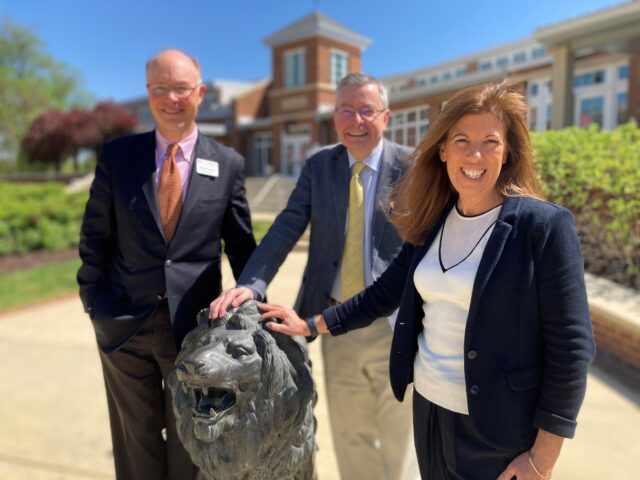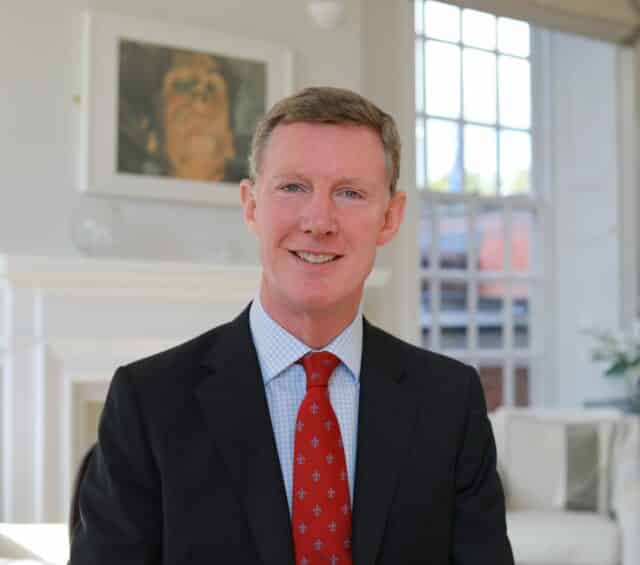Blog
Reflections on the recent HMC visit to Australia

Kate Howell
Director of Education, HMC
Read the blog
A is for Assessment, Artificial Intelligence, Adventures outdoors. A is also for Australia!
These are a few of the topics Dr Simon Hyde and I had the opportunity to discuss with the excellent colleagues and pupils we were delighted to meet in Sydney during our recent visit.
The schedule
Together we visited a range of schools in Sydney: co-educational, single sex boys and girls, Catholic, Anglican, day, boarding, selective and non-selective, some in very close proximity. Some of the schools are huge. Barker College has around 2800 pupils on roll; Pymble Ladies’ College (who we have recently welcomed in to HMC membership), provides an outstanding education experience for 2500 girls.
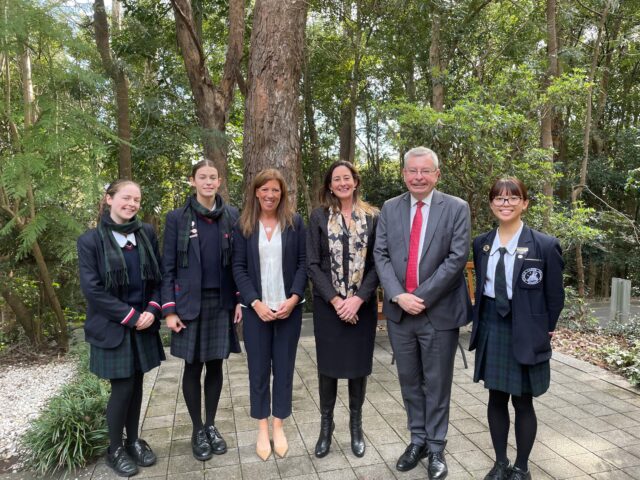
Dr Simon Hyde and Kate Howell with Kate Hadwen, Principal, and pupils at Pymble Ladies’ College
We attended a Sunday morning service at St Andrew’s Cathedral, whose choir and Music Director are provided by St Andrew’s Cathedral School. Also, the AHISA branch pre-meeting dinner and church service, with Simon presenting at the full meeting the following day; and we met with academics Derek Sankey and Minkang Kim from the school of Education and Social Work at Sydney University, Dr Paul Kidson, from the Australian Council for Education Leaders, and Di Laycock, Research Co-ordinator for the International Boys’ School Coalition Conference (IBSCC). We have forged some excellent relationships along the way.
I have returned home with plenty of ideas, some changed perceptions about what education in Australia looks like, and above all some very happy memories of the time spent with dedicated and highly motivated staff and pupils. I now hope to help make meaningful connections between schools across HMC as well as sharing practice and ideas from those new relationships.
There is a lot to process from a visit like this one, but here are a few early thoughts about things that particularly struck me during our time visiting 12 of the best Sydney schools.
The city
With a population of c5.5000 million, Sydney, capital of New South Wales, is Australia’s most populous city. It is bustling and vibrant. Some of its suburbs are coastal, others ‘bush’ and others are in-land. Transport links are excellent – there are trams, buses, Uber, taxis, ferries and even water taxis!
Schools in Sydney
Church has a strong influence on many of the schools, and so does heritage. The Australian Curriculum emphasises learning about Aboriginal history and culture to engage all pupils in reconciliation, respect and recognition of the world’s oldest continuous living cultures.
We were introduced to education experiences which provide important links between indigenous populations in several of the schools we visited. At St Andrew’s Cathedral School this took the form of a primary school for indigenous pupils within the main school. Barker College operates a separate campus in the north of the country for indigenous pupils, sponsored by the school. Pymble Ladies’ College, has a campus for outdoor education, Vision Valley, where, alongside a variety of outdoor pursuits, elders teach the pupils about ancient traditions, including a ‘smoking’/spiritual cleansing ritual involving burning eucalyptus leaves, symbolising spiritual renewal and strengthening.
The education system
Australia has both federal and state governments and, in New South Wales, both exert a strong influence over education, curriculum and assessment.
The percentage of privately educated pupils in Australia is higher than in the UK, 36% compared with 7% in the UK.
In Australia all pupils receive some amount of government contribution towards their education. The contribution is on a sliding scale based on parental socio-economic status, an ICSEA score (academic capital of parents) combined with DMI (Direct Measure of Income).
I think this sends a powerful message to pupils about their value in, and responsibility to, the community. Perhaps less welcome, it also means that the government has a degree of control over what even independent schools can/can’t do – the ‘83c statute’ came up repeatedly in our conversations with school leaders. This statute restricts schools’ decision-making about how they plan to operate, invest, develop.
What do schools look like in Australia?
The schools we visited have tremendous facilities. Many are in highly affluent parts of Sydney and have enviable views across the bays from libraries, terraces and boarding houses.
Some schools serve remote communities. At Arndell Anglican College (Headmaster Dr Gareth Leachman) we saw highly imaginative wall art providing a creative and stimulating environment for the pupils, and a farm on which pupils can learn about land management and animal husbandry which is important for the community the school serves. Arndell is out of the city, situated in a largely trade-based/farming community. The curriculum is designed with an emphasis on vocational as well as academic progression. Fees may be lower than at other schools we visited, but results are excellent.
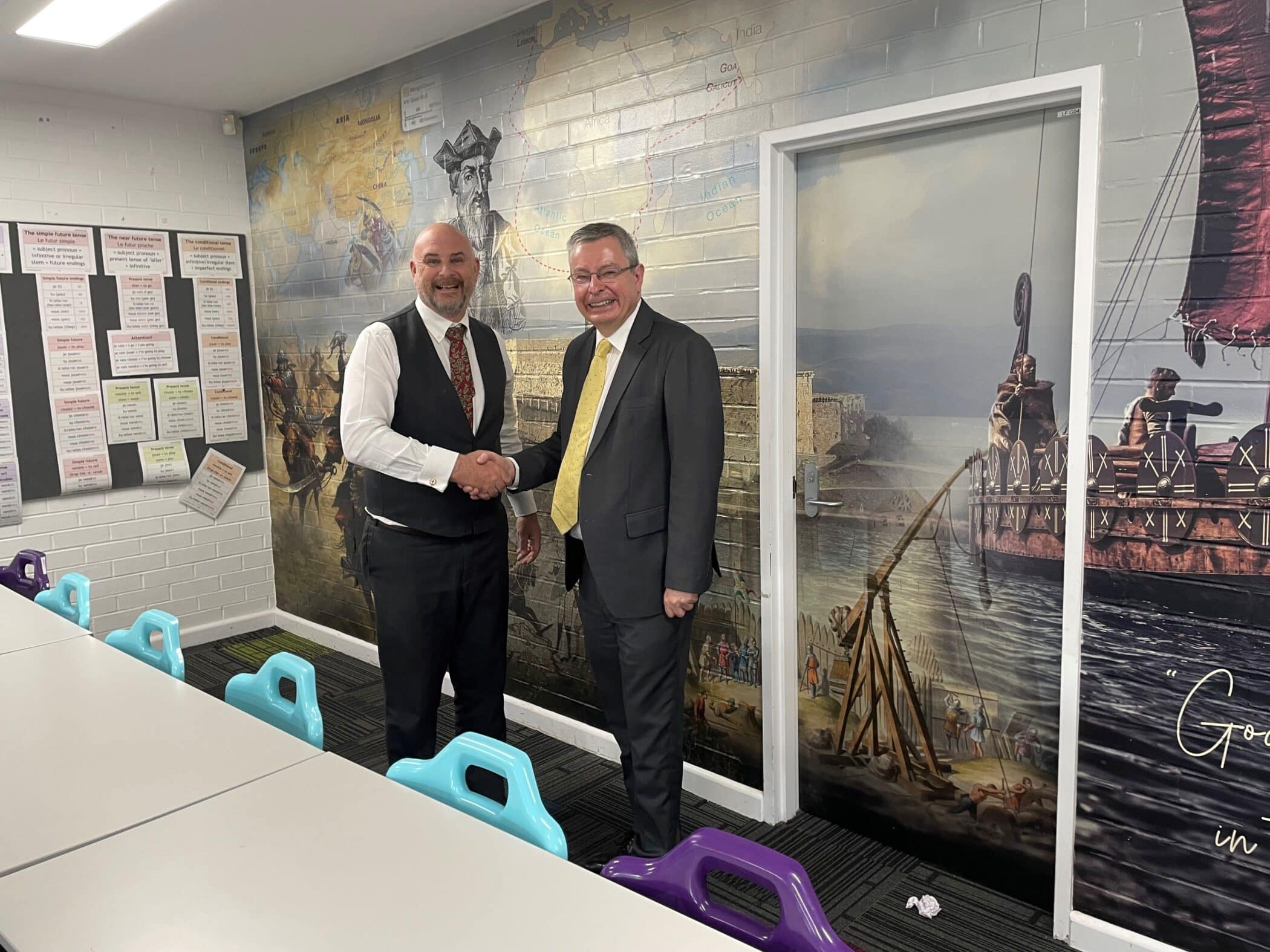
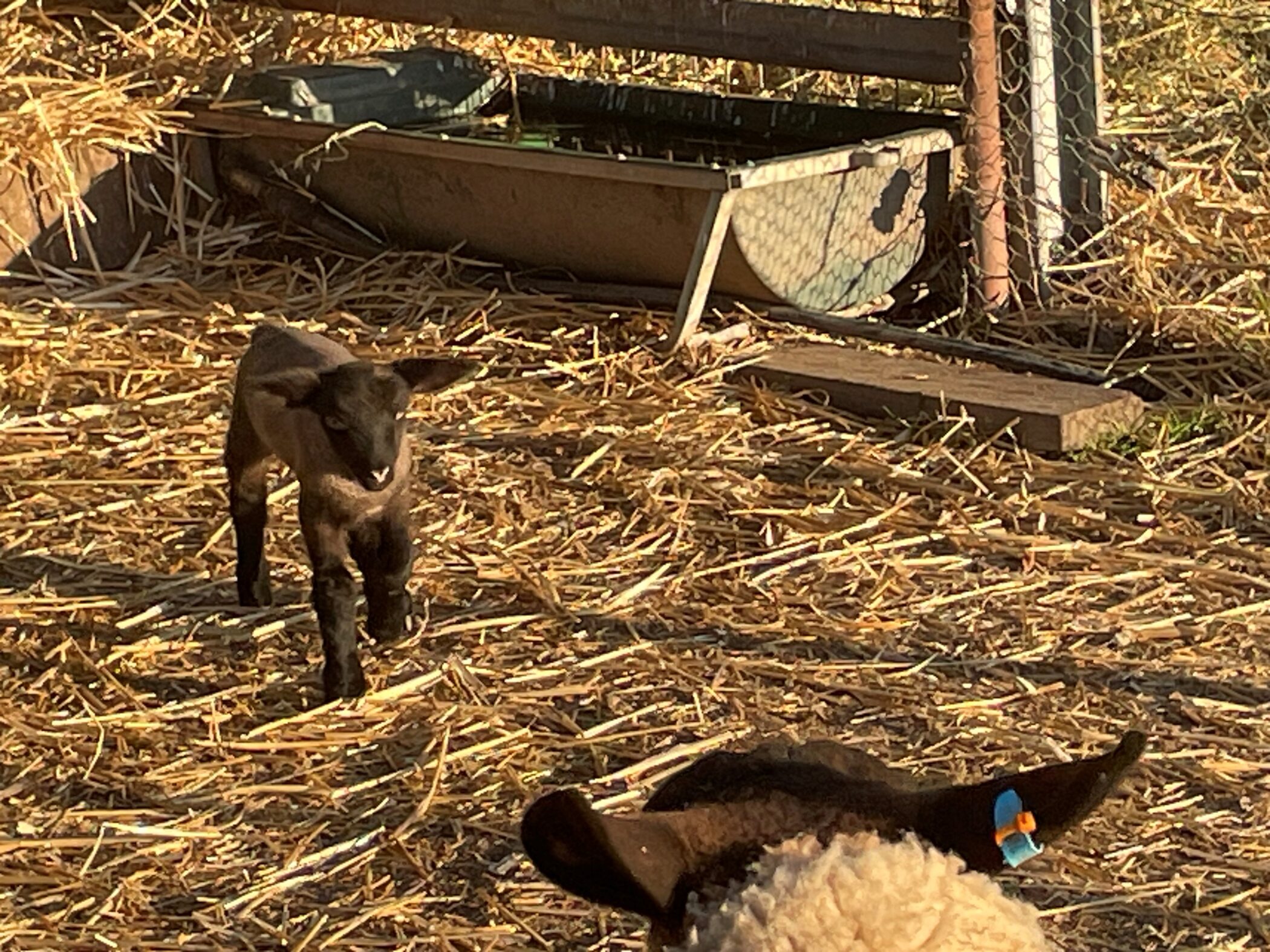
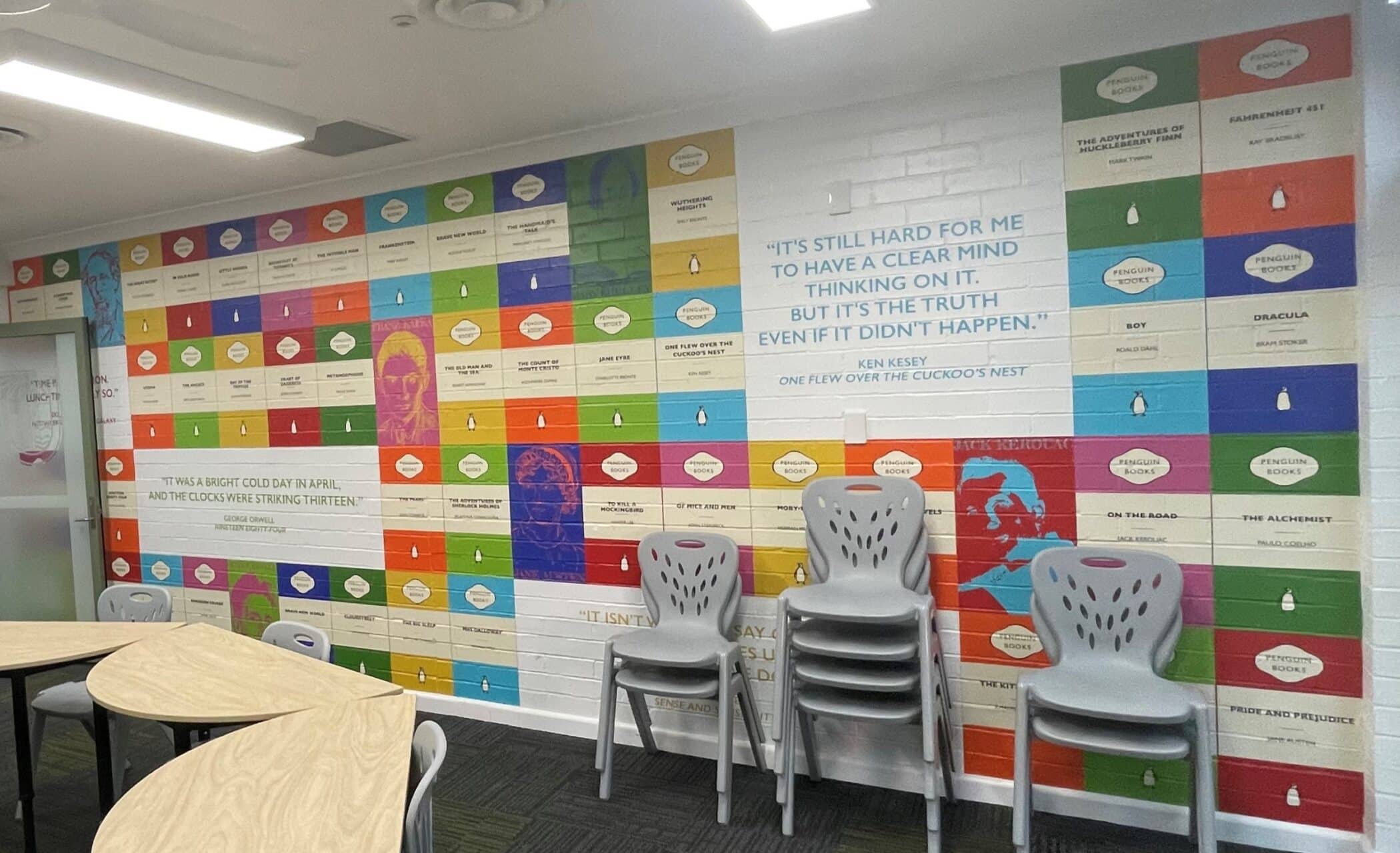
Assessment
All pupils in Australia must sit the National Assessment Programme for Literacy and Numeracy (NAPLAN), similar to SATs in the UK. The assessments are taken in years 3, 5, 7 and 9, with no further compulsory national examinations until the end of the equivalent of our sixth form. At the end of year 12 (equivalent to Upper Sixth, or Year 13 in the UK), the majority of pupils graduate with a Senior Secondary Certificate of Education (SSCE). New South Wales has its own version of this, the Higher School Certificate (HSC).
Some schools offer International Baccalaureate as an alternative. The IB is popular in Sydney as in the UK with the schools that offer it, for its emphasis on theory of knowledge and project work. Sydney also has a strong and growing migrant population, for whom qualifications with global recognition and standing are important.
Developing character, resilience and a sense of identity
Freedom from what some consider to be an ‘examinations treadmill’ in the UK enables schools in Australia to offer exciting opportunities for their pupils beyond the core curriculum. Scots College (a founding member of the original HMC International Division) and Pymble Ladies’ College both have a campus away from the main school, where pupils can experience total immersion in outdoor education experiences.
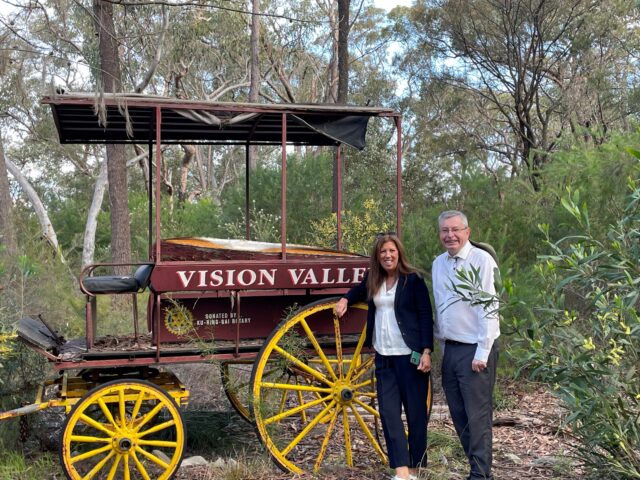
At PLC, the girls spend one month at Vision Valley, an impressively equipped centre in the bush, an approximate 2-hour drive from the Sydney Central Business District, without laptops, mobile phones and contact with home. The pupils learn kayaking, orienteering, and life skills alongside experiencing ancient traditions led by indigenous elders. Towards the end of their experience, the girls undertake a 24-hour solo expedition.
Pymble is looking for Boys’ schools in the UK who would be interested in offering boys a co-educational experience. If interested, do contact me at [email protected] and I will put you in touch direct.
At Scots College (HMC member Ian Lambert), the outdoor education experience is along similar lines, though longer in duration, and boys continue with their academic studies during the two terms that they are away from the main school campus. The Glengarry campus is a sixth month residential experience for all boys in year 9 which concludes with ‘The Long Journey Home’ – a hike of over 200km, involving mountain biking, hiking, canoeing, and a ferry ride.
At The King’s School Parramatta (HMC member, Tony George), the boys gave us a glimpse into their lives at their beautifully located school, where cadetship and the outdoors play a central part in every boy’s education.
Academic challenge
With no formal national examinations at age 16, some of the schools we visited talked about plans for introducing the IGCSE as a way of keeping pupils motivated and focussed throughout their secondary experience. This might reflect internationalism as a mindset, as well as a way to introduce rigour.
The future for AI in education
When I set off for Australia, I expected that I would see a joined-up approach in thinking, practice and progress in the AI space – as we know, Australia has published the Australian AI principles framework. However, what we saw was, as at home, a spectrum of practice. Sydney Grammar School (HMC member Richard Malpass), is a selective boys’ grammar school, and one of the top performing schools in Sydney. This school has a low-tech/no-tech policy. Computers are available, and kept on a trolley which teachers can book for a lesson. Pupils do not, as a rule, use laptops. Phones are locked away during the school day. Other schools, such as Pymble Ladies’ College and Hills Grammar, have embraced AI positively.
While the concerns (deepfake, integrity around assessment, bias, truth, a generation that relies too heavily on information at its fingertips rather than acquired knowledge) are the same as here in the UK, these schools are working on ‘Ethics and Intentionality’, a culture of change, based on educating and supporting staff, pupils and parents.
Teacher recruitment and retention
Australia, like the UK and other parts of the world, is concerned about teacher recruitment and retention. Pay and conditions is a hot topic.
We learned that teacher salaries in Australia, particularly for new starters, are significantly higher than in the UK, averaging c£45k, reaching c£60k for an experienced teacher with no responsibilities in public (equivalent of ‘maintained’) schools.
The Independent Education Union of Australia (IEU) represents the independent sector in negotiations around maintaining an uplift on the public schools’ salary scales, and some independent schools offer their own additional increment on top.
At some of the schools we visited, co-curricular activity is entirely outsourced. Schools pay high salaries to outstanding coaches, many of whom are former Olympic athletes.
Research inspired education
The emphasis and expectation placed on personal professional development at a higher level is impressive. Many of the teaching staff we met were studying for an education-related qualification at a higher academic level. There is an emphasis on working with academics, conducting and sharing formal research.
At Scots College we were introduced to a visiting Harvard Professor, whose area of specialism is Human Flourishing, while at Pymble Ladies College, Dr Sarah Lock leads the Pymble Institute, a research department based in the school. The King’s School, Paramatta hosts a team of scientists conducting research, and Barker College has a Robotics centre established in what was previously a car show room. We were shown a project that is being co-designed with the MoD in Australia.
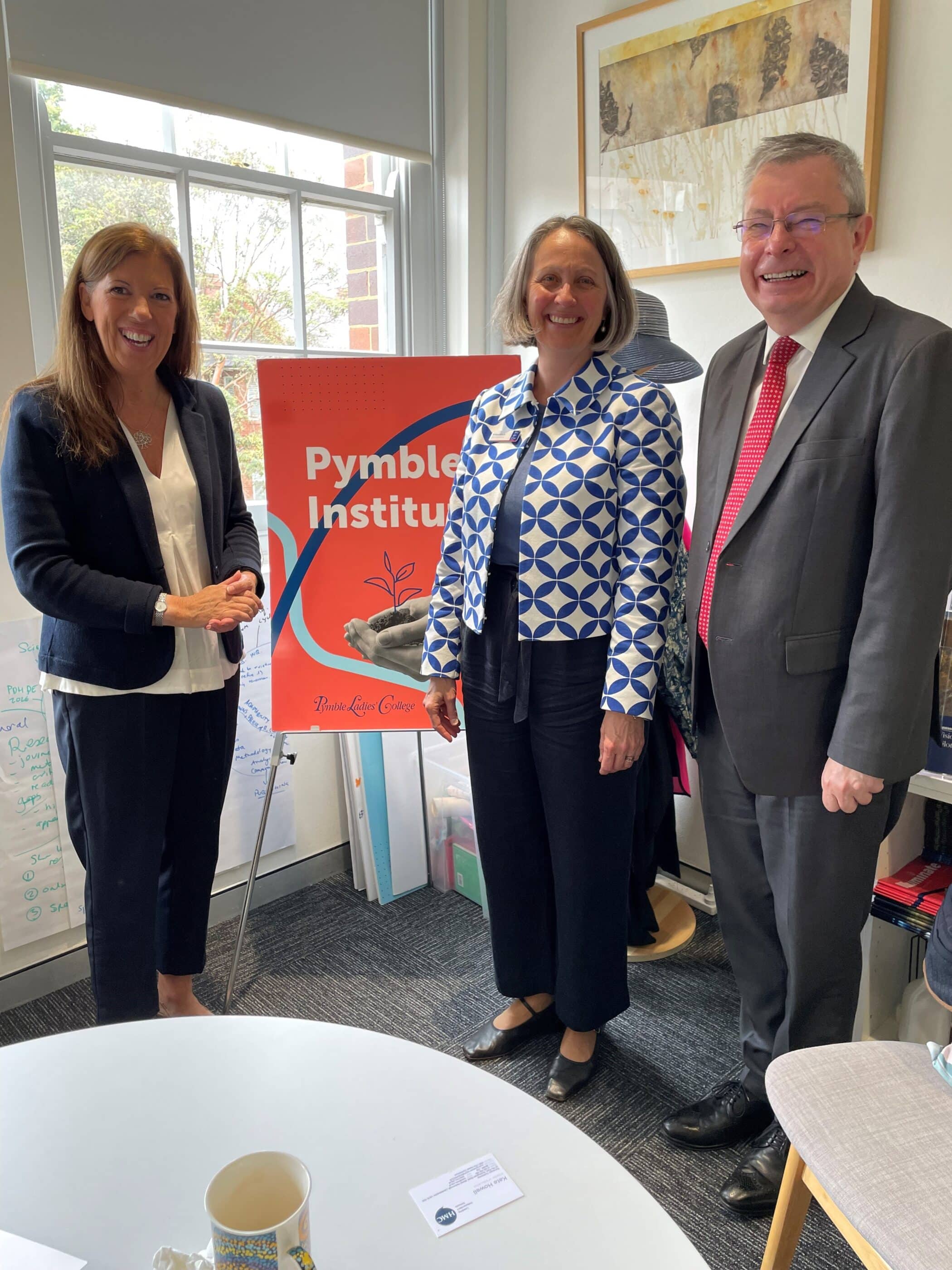
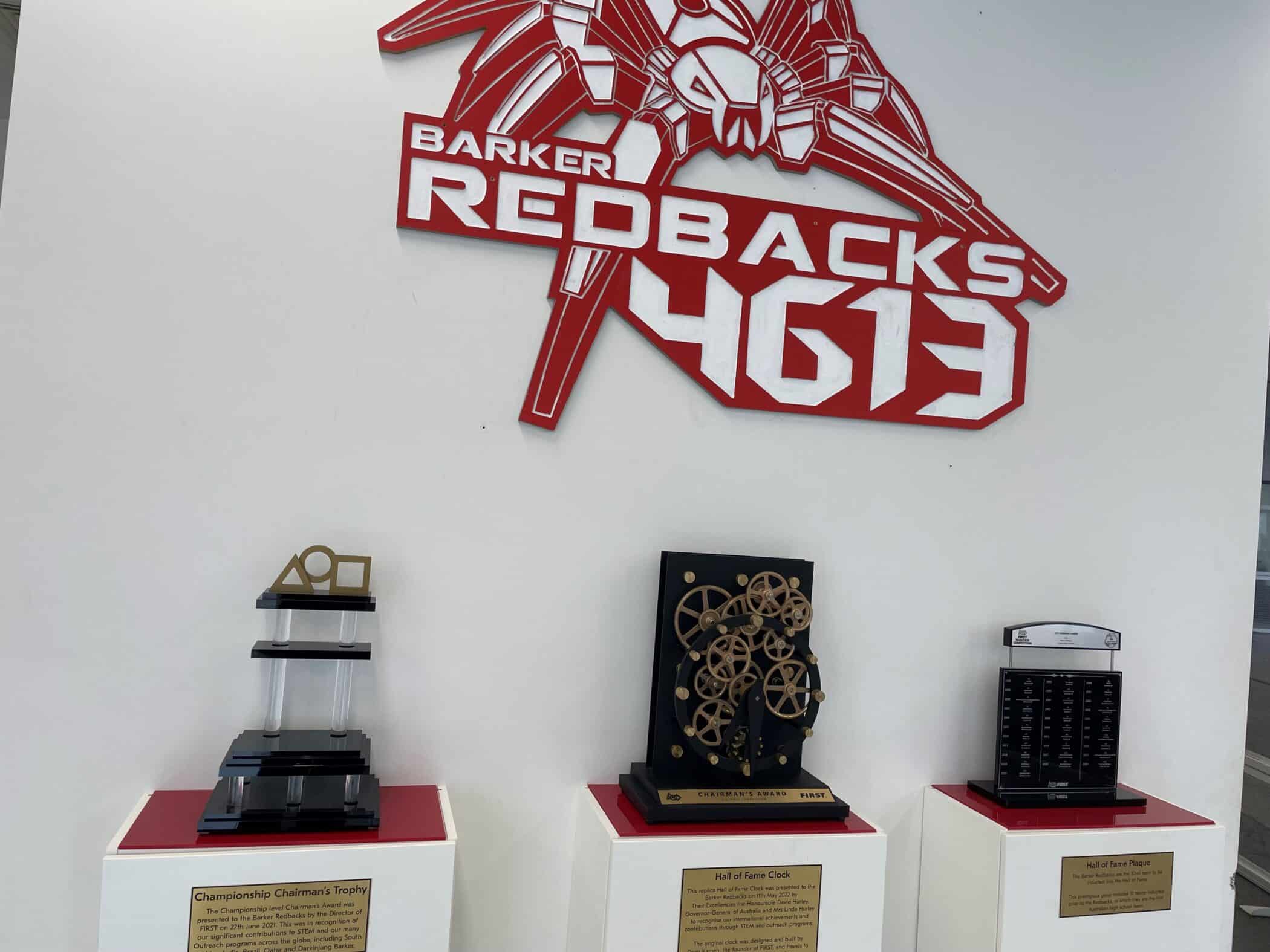
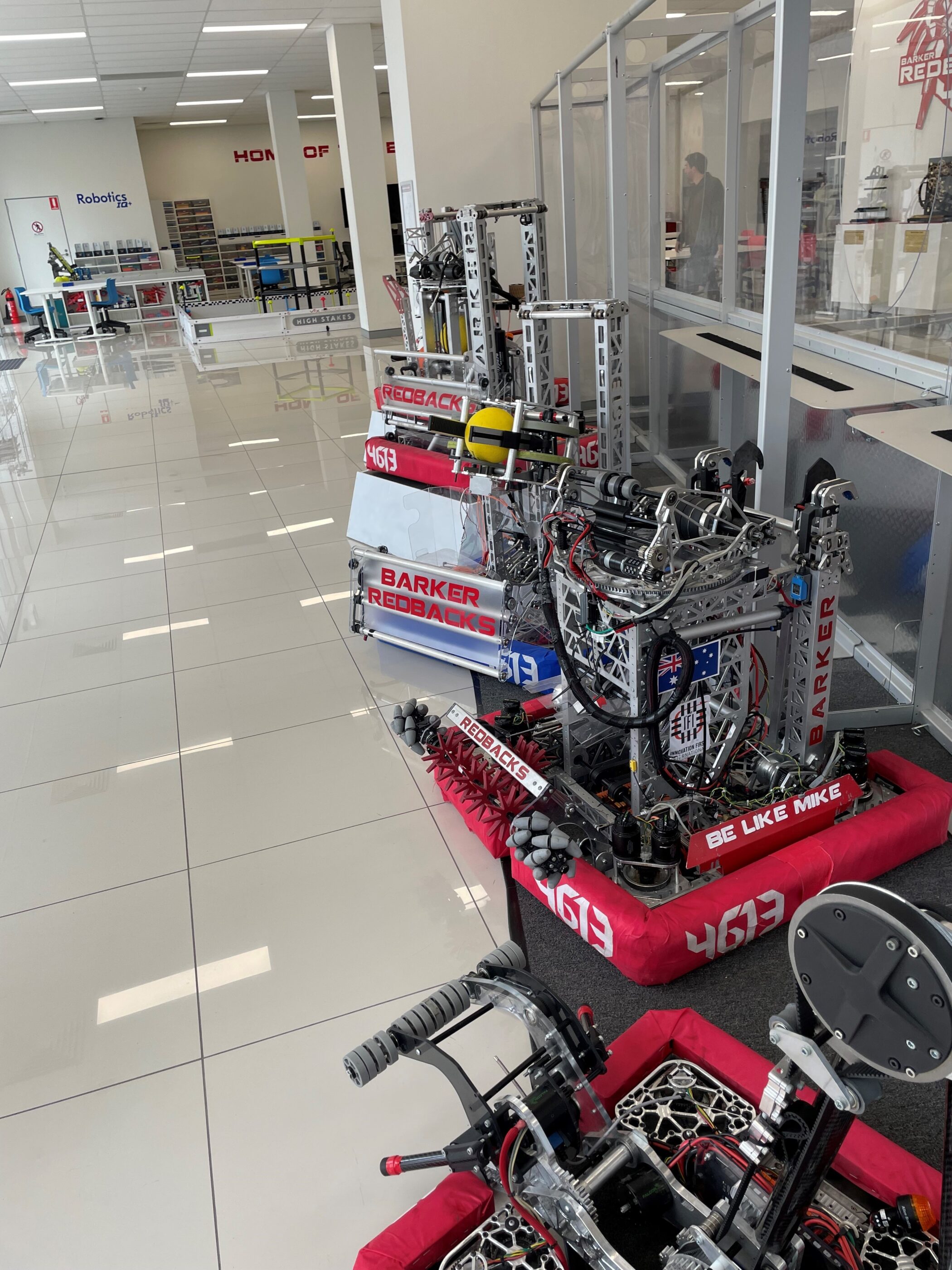
Pedagogy research is an area I am very keen to develop at HMC.
Working together with a growing number of members of our recently established Innovation Leads network, I hope to build a Global Research Invested Schools programme for HMC members’ schools. There is great potential to conduct and share research that can have a real and significant impact on education across the sector/world. Further details will follow in the new academic year.
Positive Education
I can’t close without mentioning an example of really striking work we saw happening in many of the schools. Ravenswood School, led by Head teacher Anne Johnstone, is an example of a school which absolutely lives by its commitment to the health and well-being of its pupils and staff. If ‘intentional’ has been subsumed into our vocabulary while we have been out in Australia, this school exemplifies ‘intentional practice’.
Ravenswood’s approach is embedded in the curriculum and uses data analytics and research-informed practice which is communicated very effectively to the pupils to help them understand not only the importance of sleep, a balanced diet, daily exercise and friendships, but also, crucially, how the teenage brain works.
Anne spoke of her valued connections with HMC members Jane Lunnon, Head teacher at Alleyn’s School and Anthony Seldon at Epsom College.
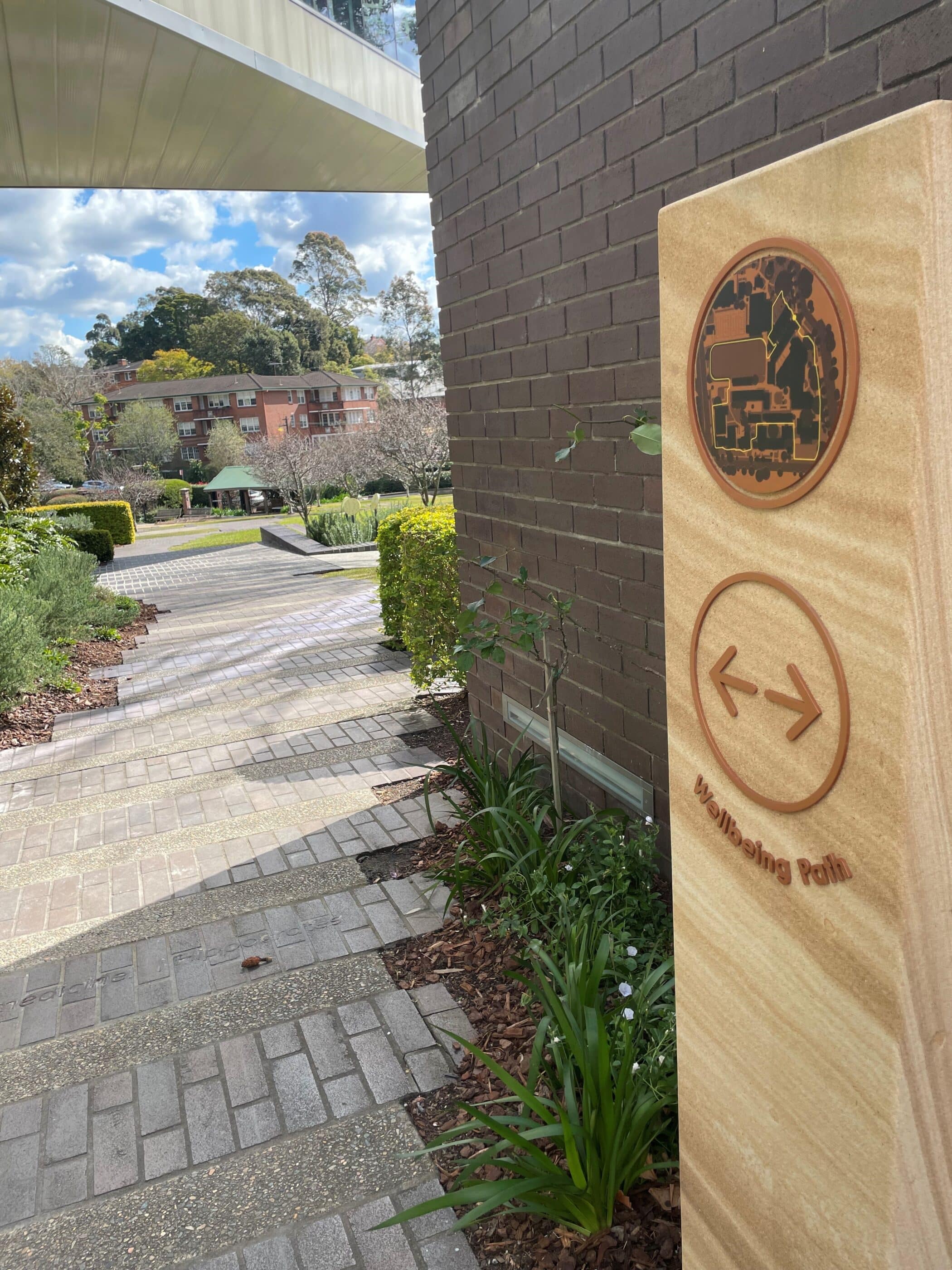
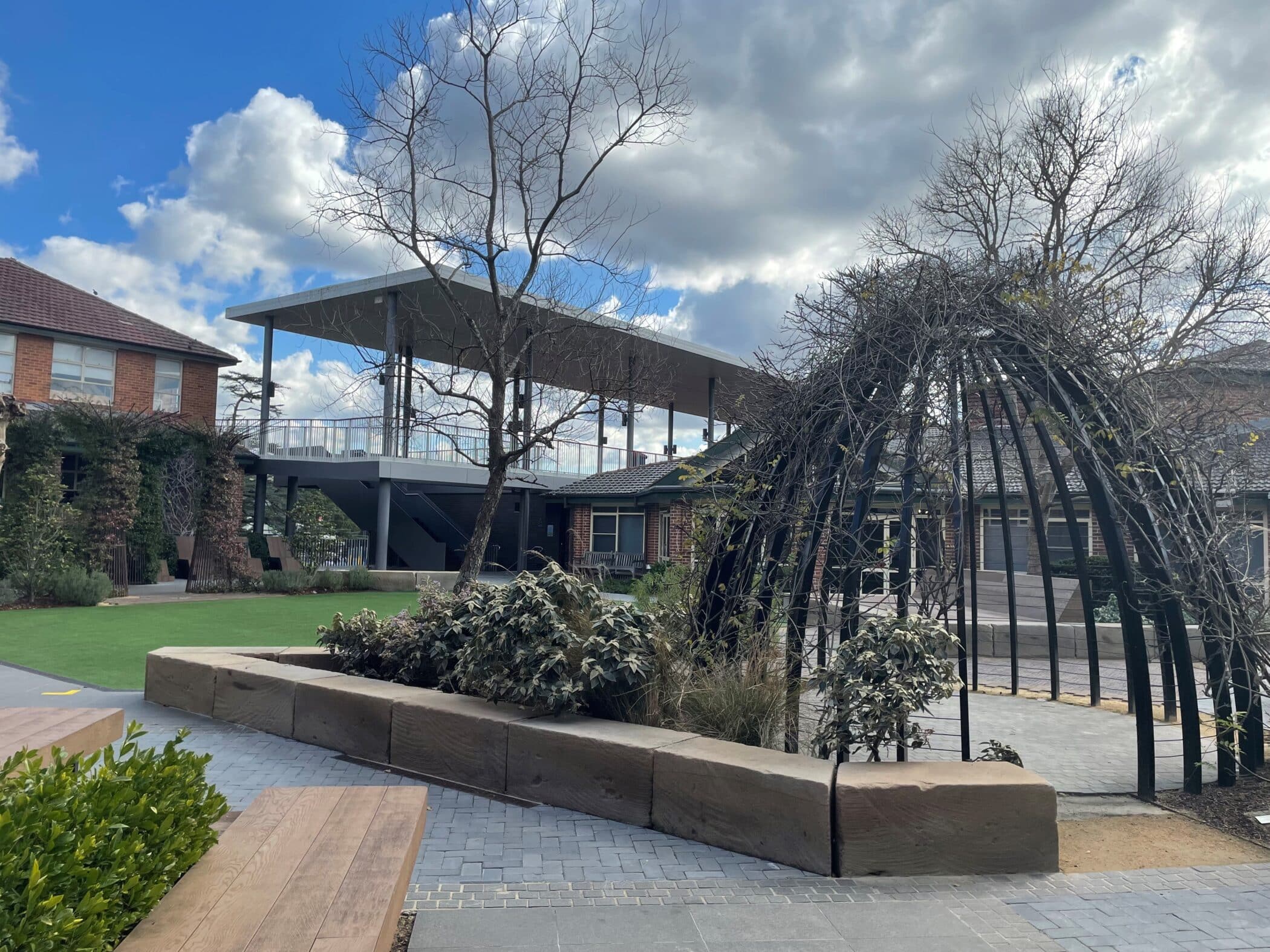
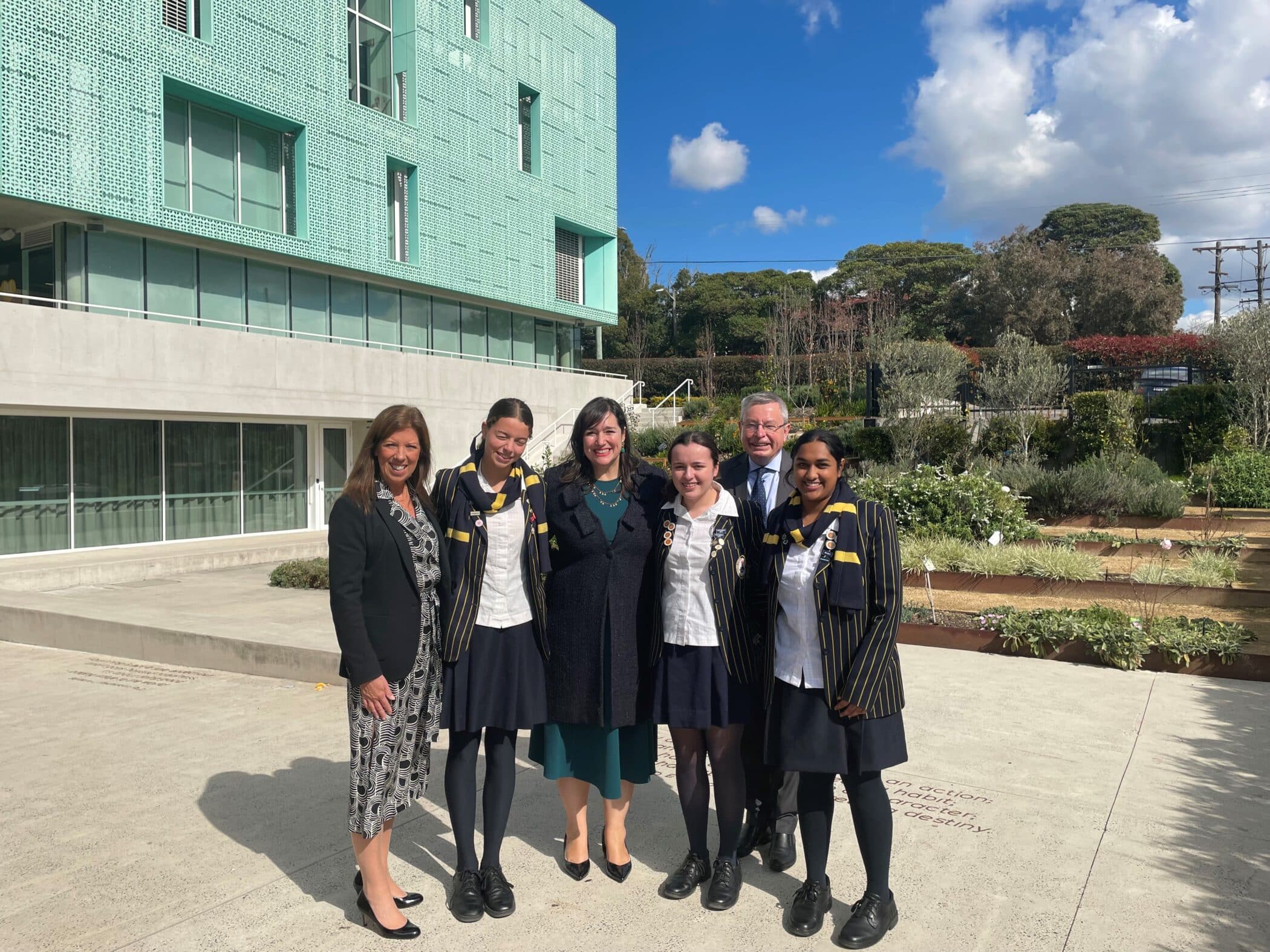
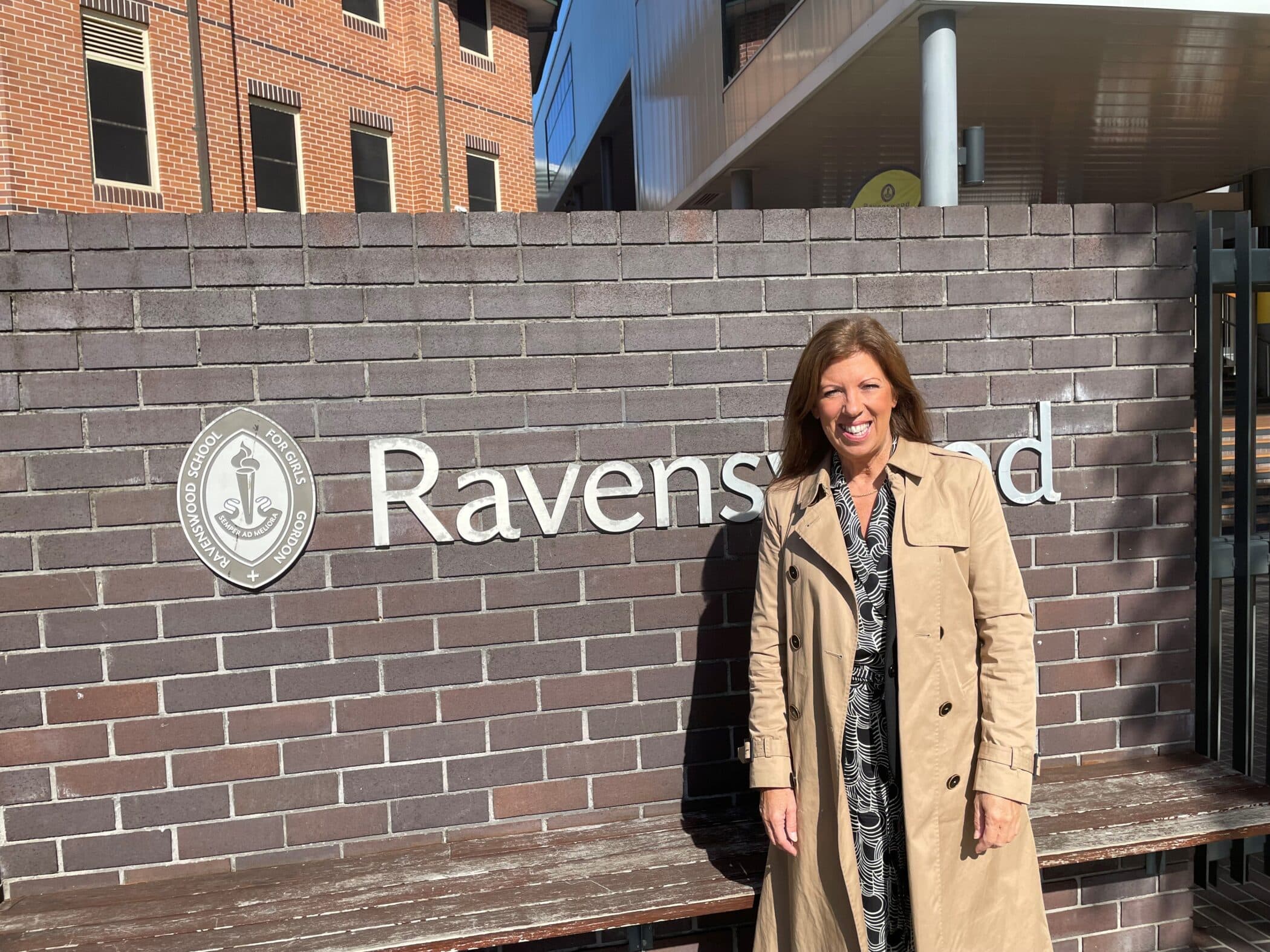
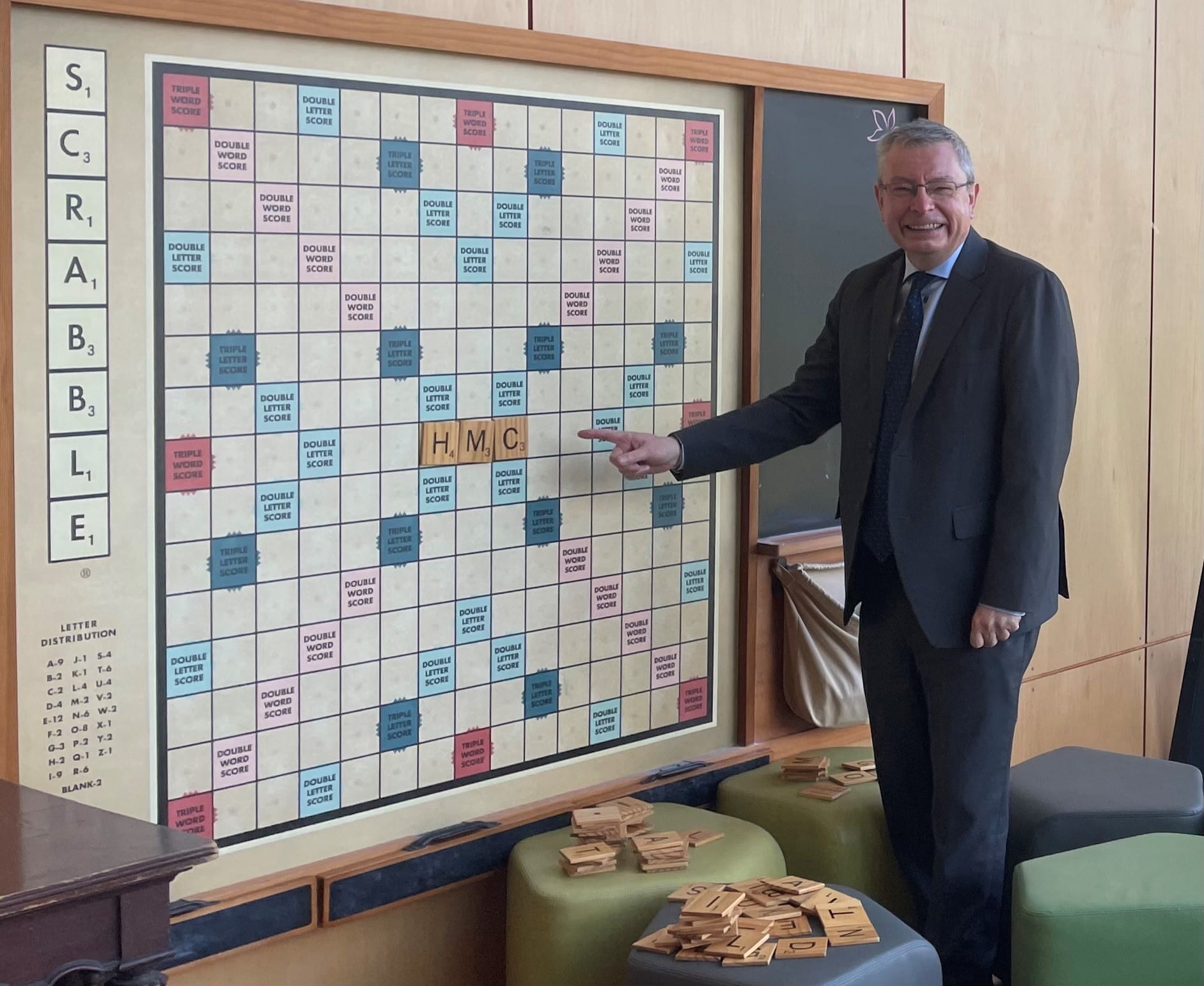
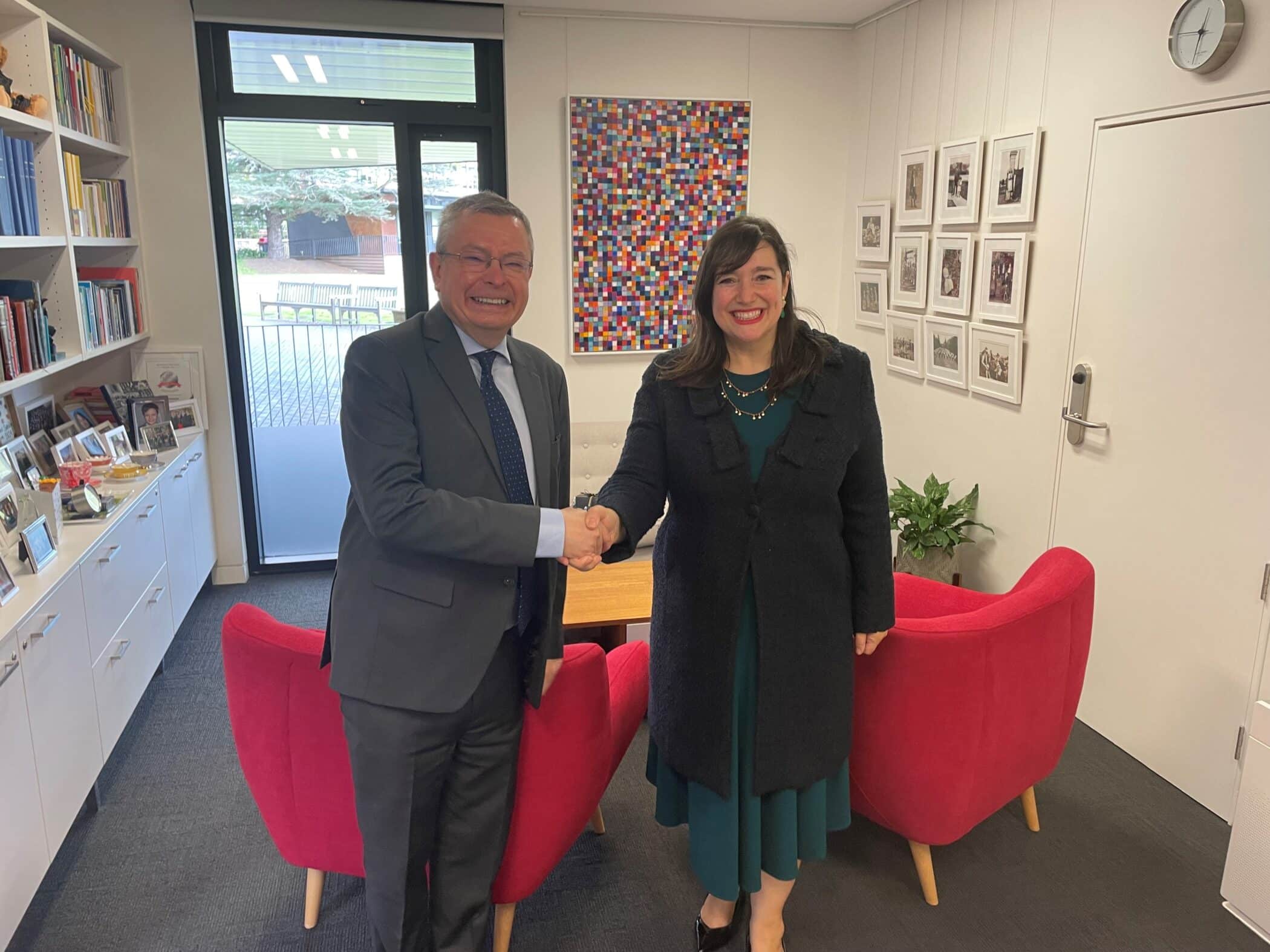
Conclusion
So that’s a summary of my initial reflections from a visit to the other side of the world. The flight is long (23 hours) and our summer is their winter – meaning as well as sunshine and blue skies, Simon and I also experienced a good number of downpours and cloudy days, much like at home. However, this has been a truly impactful experience for me.
I would like to send a huge thank you to the warm, welcoming, enthusiastic and very genuine people we have met during our visit.
I plan to use the connections I have made to set up webinars for our HMC networks, which I hope will provide open opportunities to learn, share, discuss thoughts, experience and practice in areas of common interest. I know that colleagues across HMC, who are always excited to network and share, will be keen to engage. I am looking forward to exciting and enriched times ahead.
*Thankyou to the Headteachers, their PAs, pupils and staff at: St Andrews Cathedral School, The Scots College, Queenwood, Ravenswood, The Kings School Paramatta, Arndell Anglican College, Kambala, Kincoppal Rose Bay, Pymble Ladies’ College, Abbotsleigh, Barker College, Sydney Grammar School, for sharing your thoughts and observations with us. It was a real privilege to meet with all of you.
